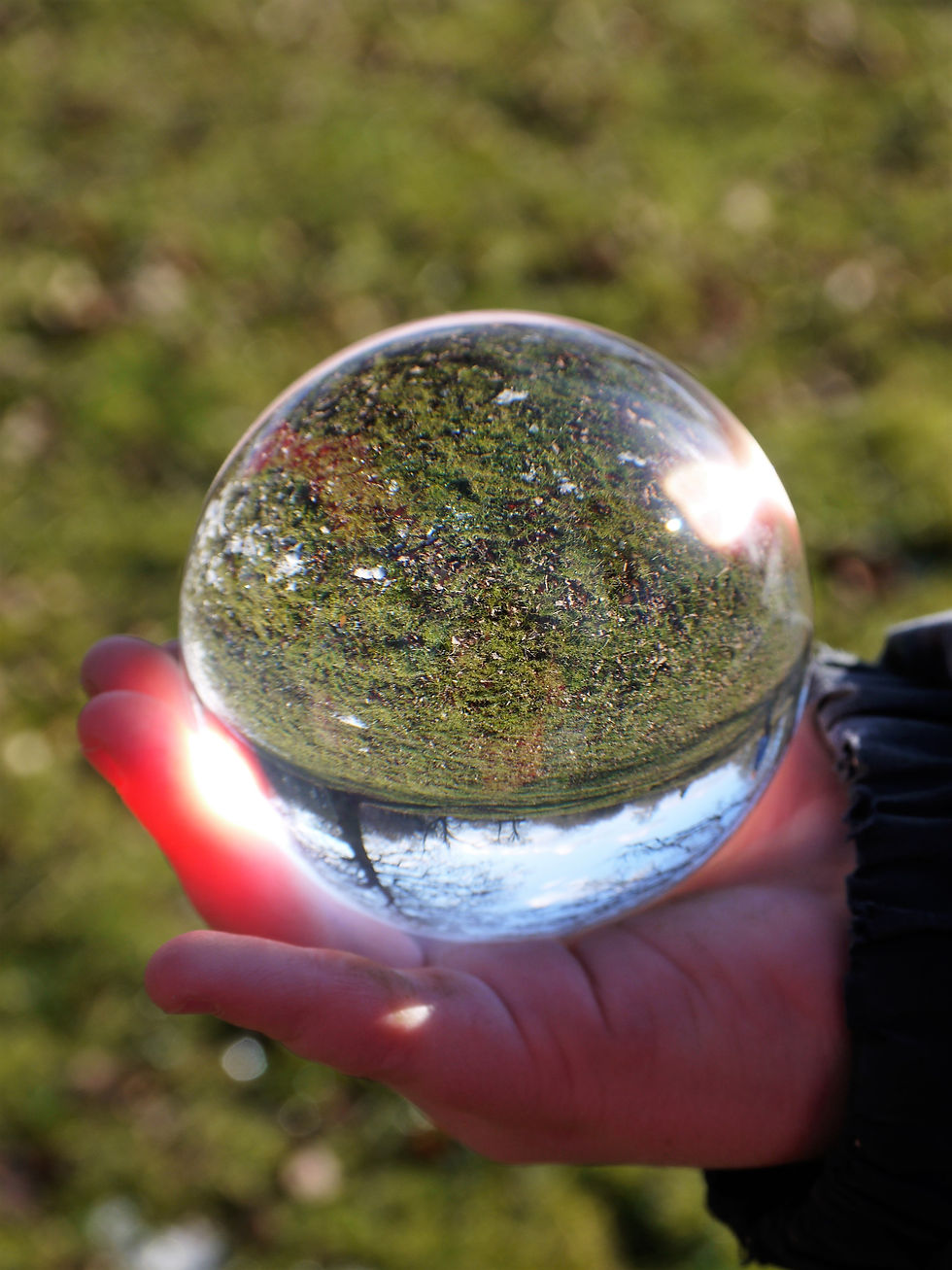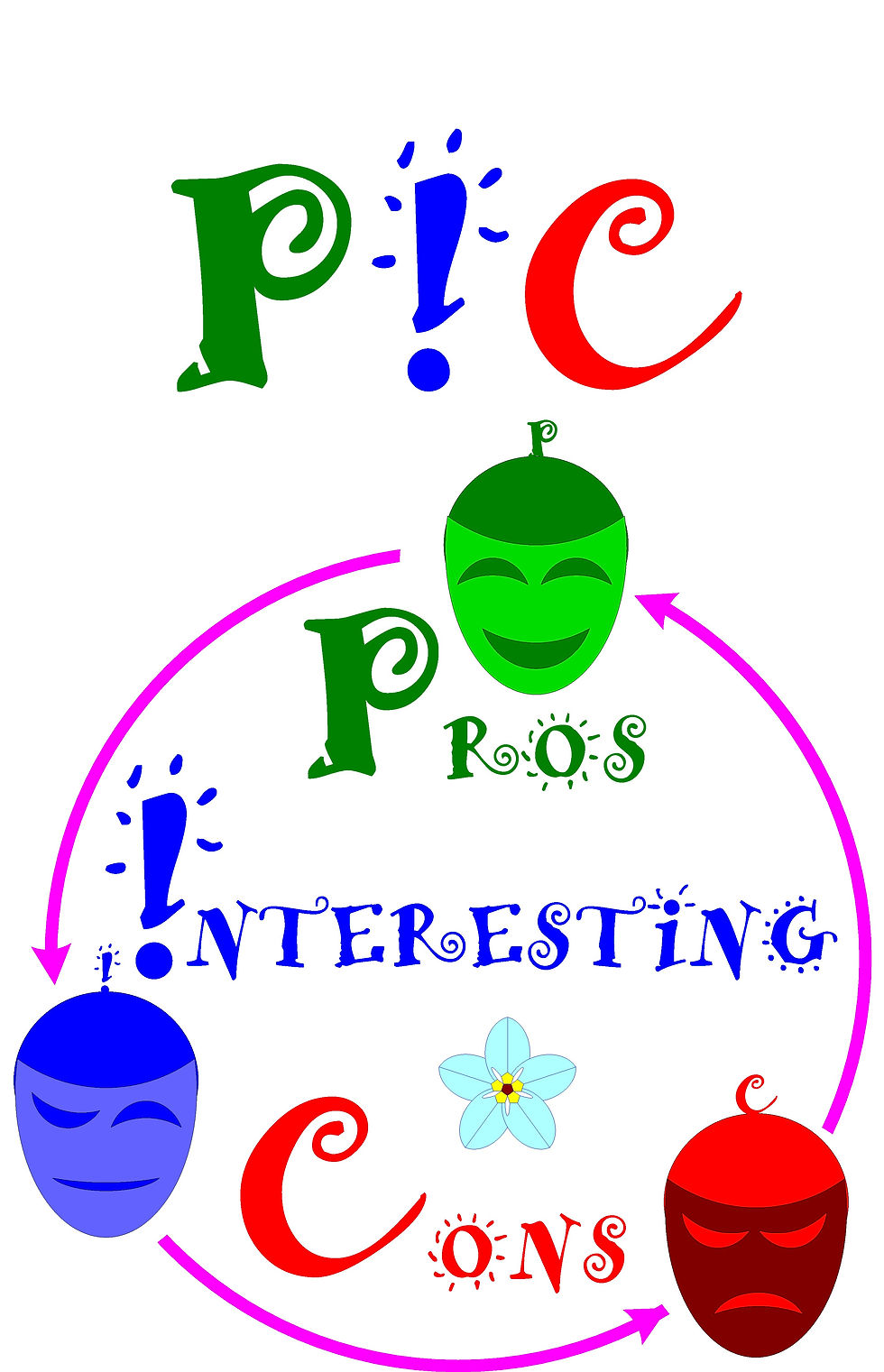Aware and Beware
- Deep Thinker

- Mar 25, 2019
- 3 min read
Updated: Feb 7, 2020
Got-A-Head®? wants to create a reflective child, one who thinks widely and deeply about everything they come across. We want our Learners to consider what things mean, and what they should be doing about them. We want to keep them safe because they have identified dangers, but enjoy freedom and living in the moment as a result of making the requisite adaptations, so they can get the very best from whatever surroundings they have currently.

As you might imagine, if that's our target, then we need the Learner to pay particular attention to Observation and particularly to the Awareness element of it.
At the most basic level, we want our Learners to to be aware of the world around them, noticing what stands out and what blends in. We want them to think about what is 'normal' in a particular setting (or occasion) and what they might term 'unusual'. We want them to consider not just the physical environment, but also what is in it; what is key about this particular moment and how it varies from any other. It's all about directed Observation, in other words getting them to apply their Thinking skills to what they are seeing and working out possible actions or consequences.
We want them to go beyond simply seeing what is there or realising that something is missing and have them think about 'Why?'. Is there a reason why there is a jumper in amongst the leggings in the chest of drawers? Why is a particular shop shut this afternoon when its posted hours state it should be open? Why does your classmate look particularly sad or tired? From there, we want them to go further still and have an active response to what they have become aware of. Do they need to tidy their drawers, to make sure the jumper is in the right place? Will they need to find a different shop that sells the same item, or come back on a different day when the shop might be open? Is their friend likely to be bad-tempered or grumpy if they are tired (so how should the Learner cope with that) or should the Learner be trying to find out why so s/he can help that friend?
When the Learners are observing a set of things (after all, any environment is likely to be made up from a number of different items), they will have to rank what they have become aware of or label it in some way. Is something interesting? How interesting? Why? More importantly, does what they've noticed mean they will now have to do something differently? This is another area where we can use the P!C Forget-Me-Not. The Learner can judge the items around him/her as being Pros, Cons or Interesting. The Pros can be used by the Learner to improve his or her situation, while the Cons flag up dangers or drawbacks. The Interesting category is a spectrum from simply noticing that something is different at one end, to using the difference as a springboard to something else or something new at the other.

Another way that the Learner can make best use of Awareness is in the carpe diem sense. S/he uses all her/his senses to make the very best of the moment, to enjoy the here and now rather than rushing through it to get somewhere else. In the busy world that we live in, there is real benefit in taking time to 'stop and smell the roses'. From our perspective, it doesn't matter if they then choose to keep only the items that give them joy as per Marie Kondo, or accept the Wabi-Sabi idea that everything is transient and glory in an item's imperfections. What is important is that the Learners notice the item in the first place so that they can make their own personal choice.

%20reduced.jpg)



Comments